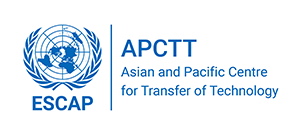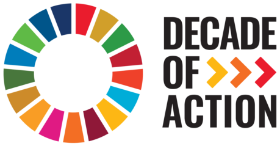Medical Phototherapy for the Treatment of Diseases of the Upper-airways
Background information Allergic rhinitis, is the most common allergic disease, affecting 15 -30% of the population of Europe and recently becoming increasingly widespread, primarily among developed industrial countries. The 21st century is often referred to as the century of allergy. In the treatment of allergic rhinitis the exclusion of inhaled allergens from the environment of the patient, hyposensitization and the widespread pharmaceutical therapies in most cases only ensure partial success, therefore any new therapeutic method carries great medical importance. Innovation of the technology Various phototherapeutic methods have long been used in the treatment of allergic and hyperproliferative skin diseases, yet the presented phototherapy is the first which is suitable for the treatment of allergic rhinitis among all inflammatory diseases of the nasal mucosa. The phototherapy-based method that successfully cures patients suffering from allergic rhinitis was first developed in Hungary by the research group of a well known Hungarian University. This technology has been clinically tested and proved to significantly and permanently decrease the symptoms of patients suffering from allergic rhinitis. How it works: The light The presented technology is a high-intensity light of a special composition, about 70% of which falls into the spectrum of visible light. The amount of UV-A light emitted is 25%, and the rate of UV-B is 5%. The presented technology is a cold light which causes neither heat nor pain on the treated surface, and, owing to its spectrum, it does not have any damaging effect on tissues; it is therefore safe and suitable for the long-term treatment of allergic patients. Effects The clinically tested effects of this phototherapeutic device are as follows: • inhibits antigen derived histamine release from mast cells, • induces apoptosis in T-lymphocytes and eosinophil cells, • reduces the number of eosinophil cells, ECP and IL-5 levels in the treated patient's nasal excretion. This phototherapeutic device effectively reduces the symptoms of serious hay fever patients not reacting well to traditional therapies. Repeated treatment causes most hay fever symptoms to subside significantly or cease, therefore the treatment might even give a durable effect. Based on the results of a preliminary examination (pilot study), this mentioned phototherapy, applied twice a week for two weeks, was more effective than oral fexofenadine (180 mg) at reducing the clinical symptoms of allergic rhinitis.
Sector: Biotechnology
Country: Hungary
Area of Application: • Medical industry • Healthcare
Keywords: Medical industry; Healthcare; Allergy, Treatment, Allergic rhinitis.
Advantages: Advantages for patients: • Can find a final solution to allergic rhinitis • No inconveniences involved • Quick treatment with a long-term effect • Can be used in monotherapy as well, it can be administered even when medicines cannot be applied (pregnancy, lactation, sportsmen, children), • No considerable side-effects (rare occurrences (2-3%) of the dryness of the nasal mucosa, which can be easily treated)
Environmental aspects: Not Applicable
Development Status: Commercial Prototype
Legal Protection: Patent
Technical specifications:
Transfer Terms: Others , Others
Target Countries: World Wide
Estimated cost (US$):
Upload any relevant document:
Contact Person: Laser Consult Ltd (Hungary)
Address: H-6701 PO Box 1191.
City: Szeged
Country: Hungary
Zip/Pin Code:

